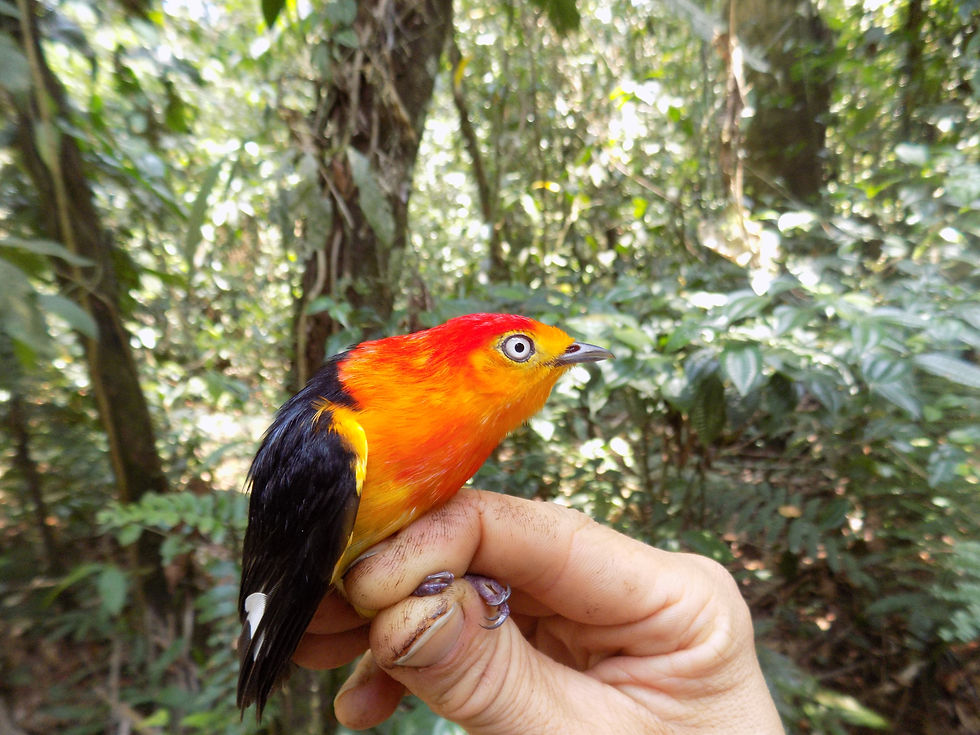Slow and steady wins the race
- Micah Scholer
- May 22, 2019
- 1 min read
Updated: Jun 10, 2019

Remember Aesop's fable about the tortoise and the hare? The story has several morals, the most well known being "slow and steady wins the race". Turns out this idea may also apply to how our bodies use energy, and our race towards the finish line of life. As part of my PhD, I've been studying what factors influence how long tropical birds live, including the rate at which they burn energy while resting―their basal metabolic rate (BMR). This week, my author team and I published our results in Functional Ecology.
What we found is that birds with lower BMR tended to have higher annual survival rates. This was true regardless of whether they lived in high elevation cloud forests, characterized by colder harsher climates, or hot and humid lowland tropical forests. We also found that birds at higher elevations had lower apparent survival rates than lowland birds. This results was interesting and could indicate that high elevation climates take a survival-related tole on their avian inhabitants or that high elevation birds are still adapting to local climatic conditions.
You can find a summary of our research findings from the Functional Ecology facebook website and a link to the full article here.



Comments